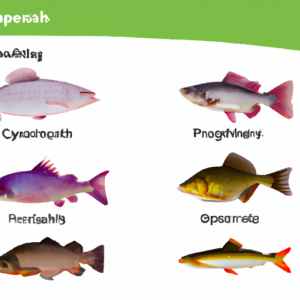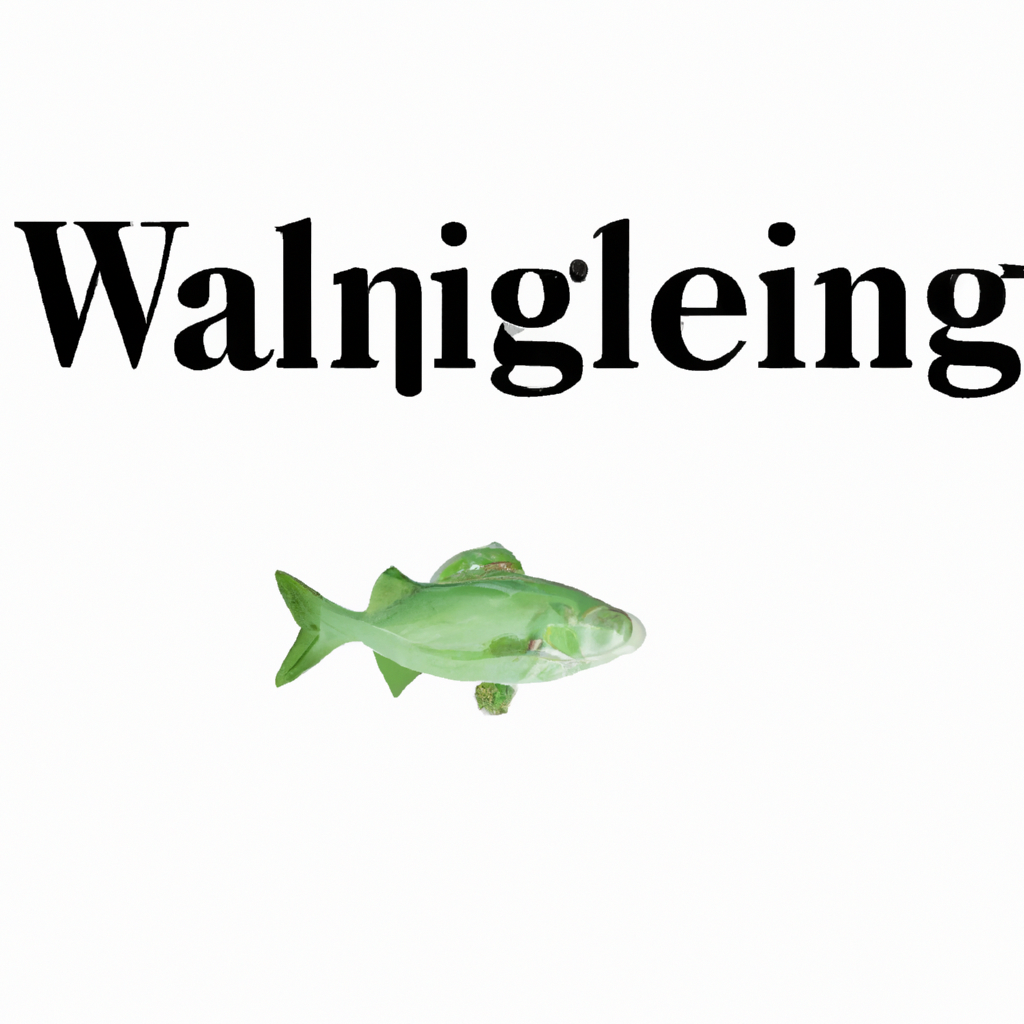The Connecticut River, which runs through four states and covers 410 miles, is one of the longest rivers in America. The Connecticut River fish are well-known for their beauty and diversity. There are many species of freshwater and saltwater fish in the Connecticut River watershed. This article will discuss the various types of fish found in the river, offer tips on fishing techniques, as well as answer frequently asked questions.
Types of Connecticut River Fish
Many species of fish can be found in the Connecticut River, including catfish, trout, flounder and bass. These are the most common species that can be found in the river.
Smallmouth Bass
The Connecticut River is home to smallmouth bass. They can be found in the river and its tributaries. They are well-known for their distinctive brownish-green color and can grow up to 20 inches in length. Smallmouth bass eat aquatic insects, crustaceans, as well as other small fish.
Trout
Brown trout is the most common type of trout found in Connecticut River. These fish are native to the river, and can grow up to 24 inches in length. They are a fierce species that eat small fish, insects, and crustaceans. Trout have a distinctive coloration with dark brown spots and an olive green body.
Flounder
The Connecticut River’s shallow areas are home to flounder. They are flat-bodied and have a light brown or yellow coloration. Flounder can grow up to 24 inches long and eat small marine animals. Because of their sensitive nature, they are less common than other species in the river.
Catfish
You can find catfish in the Connecticut River and its tributaries. They can grow up to 36 inches in length and are dark brown in color. Catfish prefer still, slow-moving water and feed on small fishes and aquatic insects. Catfish are easily identifiable by their whisker-like barbels.
Connecticut River Fishing Techniques
It can be a very rewarding experience to fish on the Connecticut River. There are many ways to catch fish in rivers, depending on what species you are looking for. Here are some of the best methods to catch fish in rivers:
Fly Fishing
Fly fishing is a great way to catch trout and other species. In the summer, a popper or wet fly pattern is best for fishing with a fly rod. Use a streamer or Nymph pattern in winter. Bass can also be caught fly fishing, and they will often catch small streamers or poppers.
Trolling
Trolling is a great technique to catch larger fish like catfish or stripers. Trolling is the act of dragging a lure behind a boat. This can be very effective for these species. Trolling in Connecticut River requires you to use live bait such as minnows or worms. They are more appealing to the fish.
Spinning Gear
Spinning gear is a great way to catch smaller species like trout and bass. For trout, you can use small lures such as spoons or crankbaits for bass and small spinners for flies or for spinning gear. Use a light line and select the right size lure for the species you are targeting.
Frequently Asked Questions
Here are some common questions about Connecticut River fish.
1. What is the best time to fish for bass on Connecticut River?
The spring and fall are the best times to fish for bass on Connecticut River. The spring is when bass move upriver and the fall is when they move downriver. These times are the best time to target them with lures or bait.
2. Are there trout in Connecticut River?
Yes, the Connecticut River is home to trout. Brown trout is the most common type of trout found in the river. They are found all over the river, but they are more prevalent in deeper, faster-flowing areas.
3. What type of fishing gear should you use in Connecticut River?
The type of fish you are targeting will determine the type of gear you use in the Connecticut River. For bass and other small species, spinning gear using lightweight lures is best. Trolling with live bait is a good option for larger species such as stripers and catfish.
4. Are there any regulations I should be aware of when fishing on the Connecticut River?
Yes, there are many regulations to be aware of when you fish in the Connecticut River. A valid fishing license is required for all anglers. There are also catch and size limits for many species. For the most current information, it is a good idea to check with your local Department of Fish and Wildlife.
5. What can I do for a successful day of fishing the Connecticut River?
It is essential to do your research to ensure a successful day of fishing the Connecticut River. It is important to research the river to determine the species and the best times to fish for them. Make sure you use the correct fishing gear and baits to target the species. To help preserve the river’s fish population, practice catch-and release whenever possible.
6. How deep is Connecticut River’s water?
The Connecticut River’s depth varies depending on where you fish. The river is usually shallow with depths of one to eleven feet in most areas. In some areas, however, the river can reach as high as twenty feet.
7. Are there any predators in Connecticut River that I should be aware of?
Large fish such as stripers and catfish are the most common predators of the Connecticut River. These predators can take smaller fish off your line and it is important to be aware. If possible, avoid fishing near these predators.
8. Is there any bait that I can use to catch worms and insects in the Connecticut River?
There are many types of worms and insects that can be used in the Connecticut River as bait, including maggots, crickets, worms, and crickets. These baits can be used to catch bass, catfish, or other small species.
9. What kind of line should you use to fish in the Connecticut River
The type of fish you are targeting will determine the type of line you should use for fishing in Connecticut River. A heavier line, such a 20-30 pound test, is recommended for larger fish like catfish and stripers. A lighter line, such a 10-15 pound test, will suffice for smaller fish like trout and bass.
10. Is there anything I should do to fish from a boat on Connecticut River?
It is important to know the navigation rules and regulations when fishing from a boat on Connecticut River. Avoid shallower areas as they can be dangerous. You should also always wear a life jacket as there may be strong currents in certain areas of the river.
Conclusion
Many species of fish can be found in the Connecticut River, including catfish, trout, flounder and bass. These fish can be caught using a variety of techniques, including trolling, fly fishing, and spinning gear. When fishing in the river, it is important to be aware about fishing regulations, size limits and catch limits, as well as predators. You can have a rewarding and successful day fishing in the Connecticut River with the right gear and knowledge.




